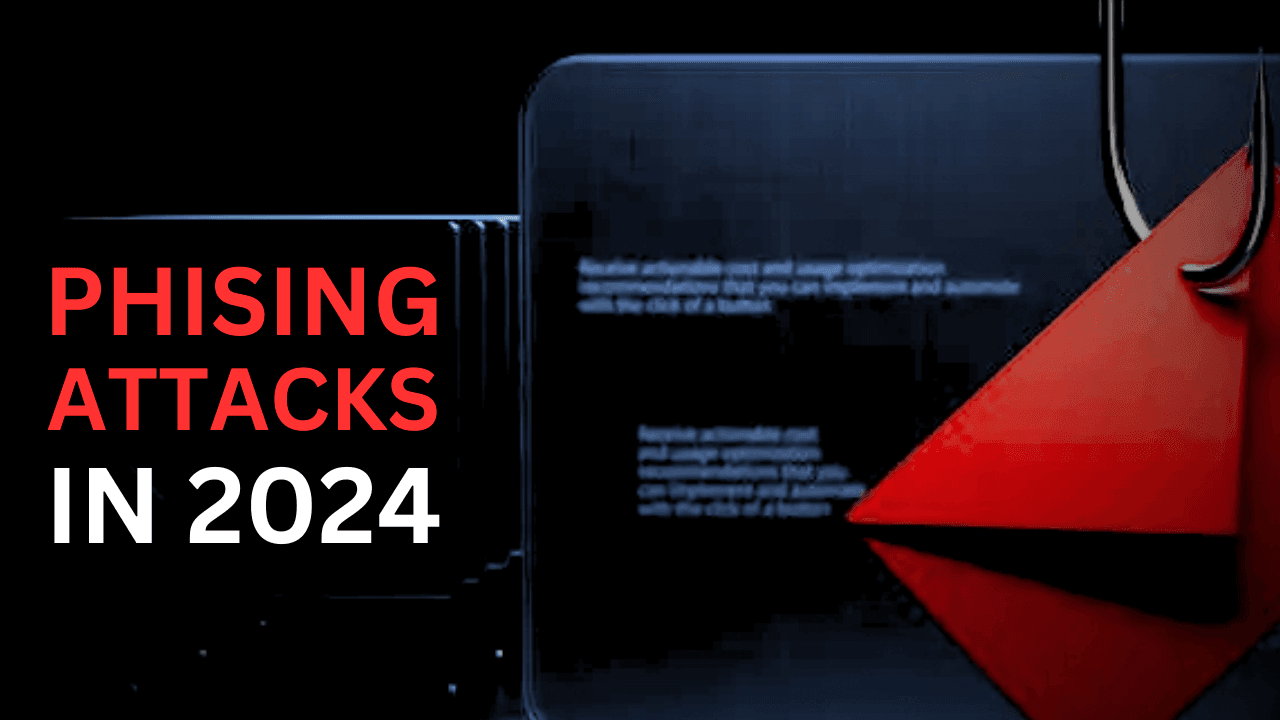Phishing attacks are one of the most common and dangerous cyber threats today. In these scams, attackers pose as trusted entities to trick individuals into revealing sensitive information like passwords, credit card details, or social security numbers. The key to staying safe is learning how to detect phishing attempts and understanding how to prevent them. In this guide, we’ll explore everything you need to know about protecting yourself from phishing attacks.
What is Phishing?
Phishing is a type of cyberattack where attackers try to obtain personal or financial information by masquerading as legitimate entities. The goal is often to trick users into clicking on malicious links, opening infected attachments, or entering personal details into fake websites.
Phishing attacks come in various forms, including:
- Email phishing: The most common type, where emails are sent that look like they’re from a trusted source, such as a bank or popular service.
- Spear phishing: A more targeted attack that focuses on specific individuals or companies, often using personalized information to increase credibility.
- Smishing and Vishing: Phishing attempts via SMS (smishing) or voice calls (vishing).
- Clone phishing: This involves duplicating a legitimate email previously sent to the victim but replacing links or attachments with malicious ones.
How to Detect Phishing Attacks: Warning Signs to Look For
Phishing attacks are often disguised to look legitimate, but there are clear warning signs if you know what to look for:
Unfamiliar Sender or Suspicious Email Address
Always check the sender’s email address. If it doesn’t match the official domain (e.g., a bank email from something like support@bank.secure.com instead of support@bank.com), be cautious.Generic Greetings
Phishing emails often use generic greetings like “Dear Customer” or “Dear User” instead of addressing you by name. Legitimate companies usually personalize communications.Urgent or Threatening Language
Be wary of emails or messages that create a sense of urgency or fear. For example, “Your account has been suspended, click here to restore access!” These messages are designed to rush you into acting without thinking.Unsolicited Attachments or Links
Phishing attempts often come with attachments or links. If you’re not expecting an attachment or link from someone, don’t open it. Always hover over links to see the real URL before clicking.Spelling and Grammar Mistakes
Many phishing emails contain noticeable spelling or grammatical errors. Legitimate businesses rarely make these types of mistakes in official communications.Requests for Personal Information
Legitimate organizations will never ask for sensitive information like passwords, credit card numbers, or social security numbers via email or text.
How to Prevent Phishing Attacks: Actionable Tips
Prevention is the best defense against phishing attacks. Here are some practical ways to protect yourself:
Use Multi-Factor Authentication (MFA)
Enable MFA for all your accounts. This adds an extra layer of security by requiring a second form of identification, like a code sent to your phone, to log in.Educate Yourself and Others
Stay informed about phishing techniques and share this knowledge with family, friends, or colleagues. Phishing attacks often target people who aren’t aware of the risks.Verify Requests for Sensitive Information
Always double-check any request for sensitive information. Call the company or individual directly to confirm the legitimacy of the request before responding or clicking any links.Keep Your Software Updated
Make sure your operating system, browsers, and antivirus software are always up to date. Updates often include security patches that help protect against known phishing exploits.Use Email Filters and Anti-Phishing Tools
Many email services have built-in filters that help identify and block phishing emails. Additionally, consider using anti-phishing tools that warn you about malicious websites and protect your browser.Think Before You Click
Avoid clicking on links or downloading attachments in unsolicited emails or messages. If you’re unsure, contact the sender through a verified channel before taking any action.Check the Website’s Security
Before entering sensitive information, ensure the website is secure. Look for HTTPS in the URL and check for a padlock icon in the address bar.
Real-Life Examples of Phishing Scams
Understanding real-world phishing attacks can help you recognize and avoid them. Here are a few well-known examples:
The Google Docs Scam: In 2017, attackers sent out emails appearing to share Google Docs. When users clicked the link, they were taken to a fake Google login page where attackers harvested login credentials.
IRS Tax Refund Scam: Many phishing scams pretend to be government agencies. One notorious example is emails from “the IRS” claiming a tax refund or issue, directing people to a fake IRS site to steal personal information.
What to Do If You Suspect a Phishing Attack
If you believe you’ve encountered a phishing attack, here are steps you should take immediately:
Don’t Click Any Links or Download Attachments
Avoid clicking on any suspicious links or downloading attachments. If you’re uncertain, verify the request through a trusted source.Report the Phishing Attempt
Most email providers allow you to report phishing emails. By doing so, you can help prevent future attacks on others.Change Passwords
If you’ve accidentally clicked on a phishing link or provided personal information, change your passwords immediately—especially for any accounts related to the suspected phishing email.Monitor Your Accounts
Regularly check your bank accounts and credit reports for any unusual activity. If you detect anything suspicious, notify your bank and credit card company right away.
Conclusion: Stay Vigilant Against Phishing Threats
Phishing attacks are ever-evolving, but by staying informed and cautious, you can significantly reduce the risk of falling victim. Understanding the signs of phishing and taking proactive steps to prevent these attacks is essential in today’s digital world. From scrutinizing suspicious emails to using tools that enhance your online security, staying vigilant is your best defense.
By following the detection and prevention tips outlined in this guide, you can help ensure your personal and financial information stays safe from phishing threats.
